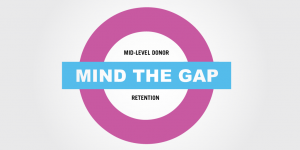But where do we begin? Well, is this feasible?
Capital campaigns have four phases, but before you jump into the direct solicitation portion of the campaign it’s important to conduct a feasibility study. A feasibility study will help your organization gain an understanding of how you’re perceived by your key donors and other relevant external stakeholders. Convene your constituents and get to the heart of their feelings about the campaign as well as the organization’s visibility and leadership. A preliminary case for support is useful at this time, and if you have it ready it would be wise to share it with the group you’re interviewing.
Oftentimes organizations will bring in a consultant for the interviews as donors and others close to the organization may not feel comfortable giving critical feedback. The results gleaned from the interview process will help you strengthen your case for support and thus make a greater impact as you begin through the active phases of this campaign. Additionally, this part of the process will enable your organization to assemble a working committee of prominent, engaged individuals that can assist with solicitations.
So what are the “active phases” of a capital campaign?
Quiet Phase
Public Phase
Winding Down
Announcement of Completion
The Wrap Up
Capital campaigns present the opportunity for organizations to generate a lot of awareness and garner a large portion of public visibility. It’s important that the strategic aspects of capital campaigns are not rushed and that adequate time is given for planning as these tend to be more public initiatives than traditional annual fundraising. Now that we’ve provided a general overview of how capital campaigns are structured, it’s important to gain an understanding of how they’re visually realized. Check back next week when we make the case for capital campaign branding.
You Might Also Enjoy:
+ 4 Components of a Fundraising Foundation
+ 5 Ways to Put Your Donation Page to Work
+ You Go, PURL! How Personalized URLs & Dynamic Donation Pages Help Nonprofits Reach Their Goals
Like what you see? Stay in touch!











